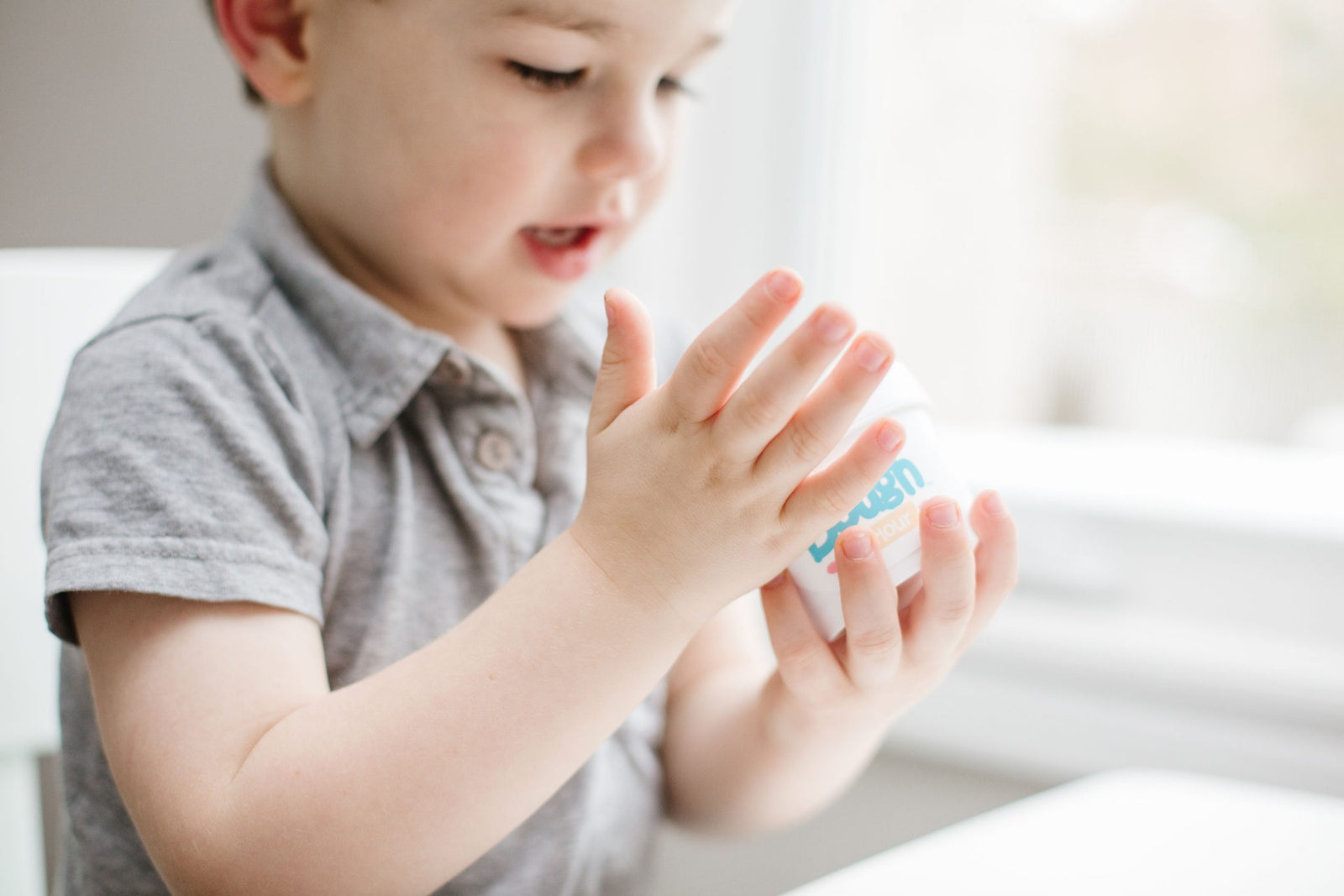The Development of Your Child’s Fine Motor Skills
Play is essential part in the development of children’s cognitive abilities, as it is not simply the increase in brain matter, but also experiences that determines the rate in which your child’s development advances. Part of this development includes fine motor skills; the use of smaller muscles. Of course, the more these muscles are used, the stronger they will become and the better your child will develop their coordination. Building these finer motor skills will help children to do things such as button their shirt, tie their shoe laces, write, use scissors, spread butter on their toast etc. The more they use these skills, the stronger they’ll develop, and the faster children become independent (for parents that means a lighter load and not having to do everything, yay for independence!).

Fine motor skills tend to be difficult for young children because it requires the use of both sides of the brain. Some children do experience a harder time with this, often termed as a ‘delay’, however with practice they’ll get better (on their time). There are a number of ways your child can not only enjoy themselves but also continuously develop these skills, so that when they do start more complex tasks such writing, the process will be easier.
Activities that build these fine motor skills include playing with blocks, tracing shapes, finger painting, puzzles and so much more. Of course, playing with dough is on the top of this list! (especially for us)
Our dough sets are created to promote the development of multiple areas in your child – consider it ‘the mother of all activities’, that will work towards advancing the development of your child in a fun, simple way.
Here’s why it works so well:
Shape It & Squeeze It– Stress ReliefMany of us take for granted the inherit love of rolling dough into a ball and squishing it with all the gusto that can be mustered. It is oddly satisfying and keeps children busy for hours, regardless of what shape(s) they make their dough into.

The science behind this is the same as squeeze balls (the ones marketed to adults as a form of relieving stress). When a child squishes play dough it stimulates nerves in their hands that signals the part of the brain associated with emotions (limbic region), thus promoting feelings of relaxation and calm. It’s a simple, creative way to have that ‘down time’.
Roll It & Cut It- Focus & Coordination
Fine motor skills take longer to develop because there is more than one task required for the brain to be able to complete the job it’s supposed to do; this requires focus. Alongside an increase in hand-eye coordination, playing with dough can also do just that, increase focus.
As many know, at The Dough Parlour we are all about those cutters! While play dough is ‘free form play’ that offers a wide range of creative options, the use of a rolling pin and cutters work to develop a child’s ability to focus and complete a slightly more complex task. This seemingly basic activity readies children for more difficult tasks in life, such as the most notable accomplishment in fine motor skills: the fist and pincer grip. This skill is apparent in a child when they are able to properly grasp a pencil and write with it.
Independent Play (mess-free, parent alone time!)Psychologists advocate allowing children the space to play by themselves, as it builds creativity, confidence, calms them and readies them for when they go to school (a time when you are not around). Of course, this also offers parents some relief and a means of restoring their sanity – necessary for everyone’s well-being.

Many activities that promote the development of fine motor skills such as finger painting can be messy. Play dough is one of those activities that allow children to get right in there, without instructions or fixed responses, and doesn’t entail someone else having to “help” them play (nor clean up a disaster when they are done). It is an easy and safe way to encourage independent play, while offering a wealth of exploration and imagination.










